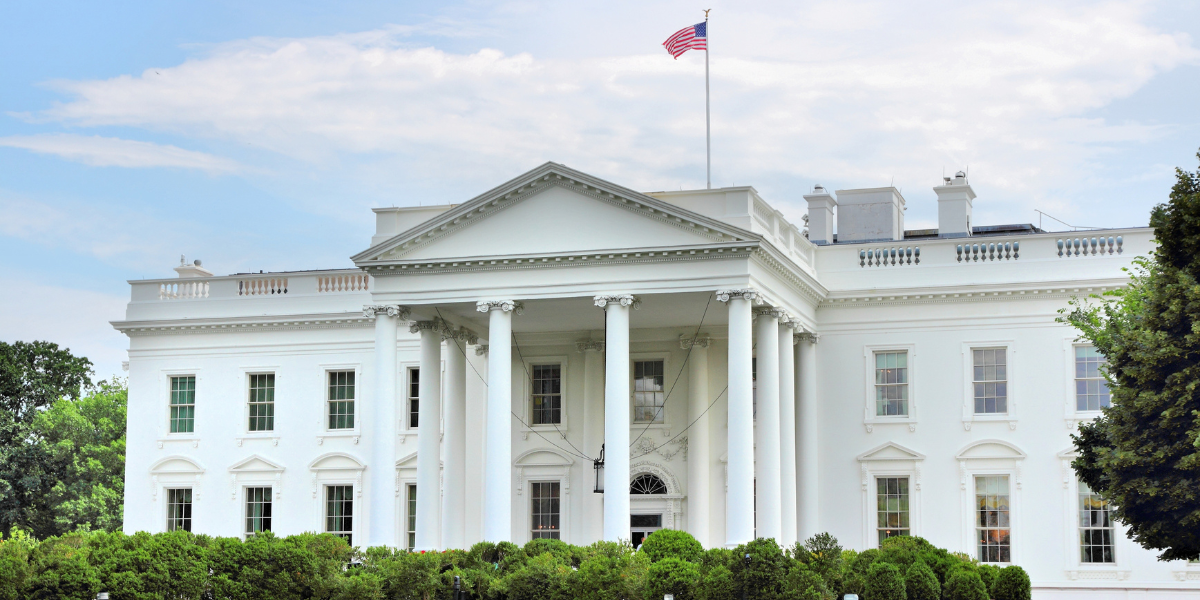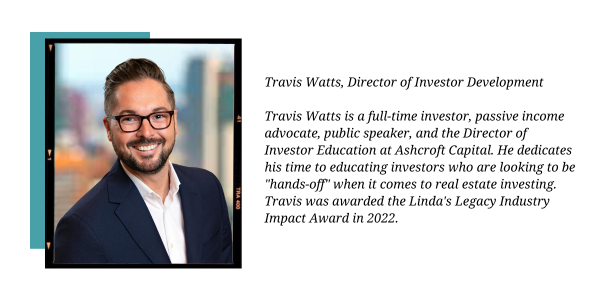July 26, 2024
By: Travis Watts, Director of Investor Development
Understanding Biden’s Rent Cap Proposal
In an effort to address rising housing costs and provide relief to renters, President Joe Biden has proposed a policy to cap annual rent increases for multifamily properties at 5%. What could the implications be for real estate syndications?
The proposed rent cap aims to provide stability and predictability for renters, ensuring that housing costs do not outpace income growth. By limiting annual rent increases to 5%, the administration hopes to prevent abrupt and substantial rent hikes that can lead to financial distress and displacement for many tenants.
3 Potential Impacts on Real Estate Syndications
Restructured Projections
Many real estate syndications rely heavily on the ability to increase rents after renovations, which in turn boosts the property’s value. A cap on rents could constrain the income potential of multifamily properties, forcing some syndicators to adjust their financial models and projections. This could negatively affect investor returns.
However, it is likely that many syndication offerings would not need to be adjusted at all. For instance, with our latest acquisition, Braxton Waterleigh, we are forecasting rent growth at 3% a year over a five-year hold period. In this case, projections would not need to be revised as it is below the proposed 5% rent cap.
Operational Value-Add Opportunities
A key metric that syndicators focus on is net operating income (NOI) in commercial properties. There are two ways to boost the NOI on a property: increasing revenue and reducing expenses. If a 5% rent cap were to become law, many syndicators would likely prioritize operational value-add strategies, such as improving efficiencies or enhancing onsite amenities to increase profitability aside from raising rents.
Examples include revenue-sharing programs from TV/Internet providers, fee-based package locker systems, self-storage units for residents, premium/reserved parking spots, revenue-generating car wash stations, and electric vehicle chargers. These items can boost revenue without directly impacting unit rent.
Impact on New Development
Though there are exceptions in the President’s proposal for new development, the reality is any type of national rent cap or rent control could negatively affect new multifamily developments. Developers and buyers would be more cautious in pursuing new build projects, given the limitations on rental income growth when the properties change ownership.
For example, it is common for a multifamily property to sell once completed to a buyer who discounts the rents to fill up the units. Once the property is stabilized and filled up, the discounted rents are no longer necessary. This is where a 5% rent cap would be problematic. If the property sells again and changes hands, the next buyer could find themselves in the same predicament, not being able to lift rents to the market level. These factors could lead to a slowdown in new multifamily housing supply, potentially exacerbating the housing shortage in the long run.
The US needs to build approximately 4.3 million more apartment units by 2035 to keep up with demand. At the same time, many builders have scaled back from starting new projects since early 2022 when rates began to increase. According to Redfin, permits to build apartments in the United States have dropped nearly 30% since the pandemic, even higher in many markets.
Conclusion
While President Biden’s proposal to cap multifamily rents at 5% aims to provide relief to renters, the reality is, over the past year annual rent growth has hovered around 1% after a rapid deceleration in 2021 and 2022. Jay Lybik, CoStar’s national director of multifamily analytics, recently analyzed the rental market outlook in a release and found rent growth for the latter half of 2024 is expected to match historical averages, around 3.5%. Looking ahead to 2025, Real Page anticipates a more favorable economy, with approximately 40% of the top 50 markets experiencing annual rent growth of more than 3%.
Given the current trends in rent growth and market forecasts, the overall impact on the syndication space might be less significant than anticipated. The broader concern lies in the potential dampening effect on new multifamily developments, which could exacerbate the housing shortage if developers become wary of new projects. The Times has reported, it’s unlikely Congress will pass controversial legislation shortly before the election and The Washington Post reported that even if the proposal does pass, it would be short-term, a two-year stopgap.
To learn more about this topic, you can read the fact sheet published by The White House.
To learn about current offerings and opportunities, please visit www.investbraxton.com
To connect with our Investor Relations team, please select a time that works best for you.





